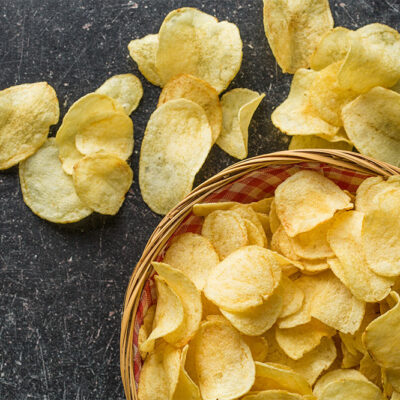
Health
5 Early Warning Signs of Bladder Cancer
Bladder cancer can be a sneaky condition, often showing subtle symptoms that are easy to overlook. It’s crucial to recognize these early warning signs to seek timely medical intervention. Treatments like Adjuvant nivolumab, Pembrolizumab, Opdivo, and PADCEV can be effective in managing bladder cancer, but early detection is key. Here are five early warning signs of bladder cancer to keep an eye on. 1. Blood in the urine: One of the most common and noticeable signs of bladder cancer is blood in the urine, medically known as hematuria. It might appear pink, red, or even cola-colored. Sometimes, the blood isn’t visible to the naked eye and can only be detected through a urine test. Even if the bleeding is intermittent, it’s essential to consult a healthcare professional. Remember, blood in the urine isn’t always a sign of bladder cancer, but it’s a symptom that shouldn’t be ignored. 2. Frequent urination If you find yourself running to the bathroom more often than usual, it could be an early warning sign of bladder cancer. This symptom can be particularly bothersome during the night, disrupting your sleep. Frequent urination can result from various conditions, but when combined with other symptoms like hematuria or pain, it’s worth getting checked out.
Read More 















